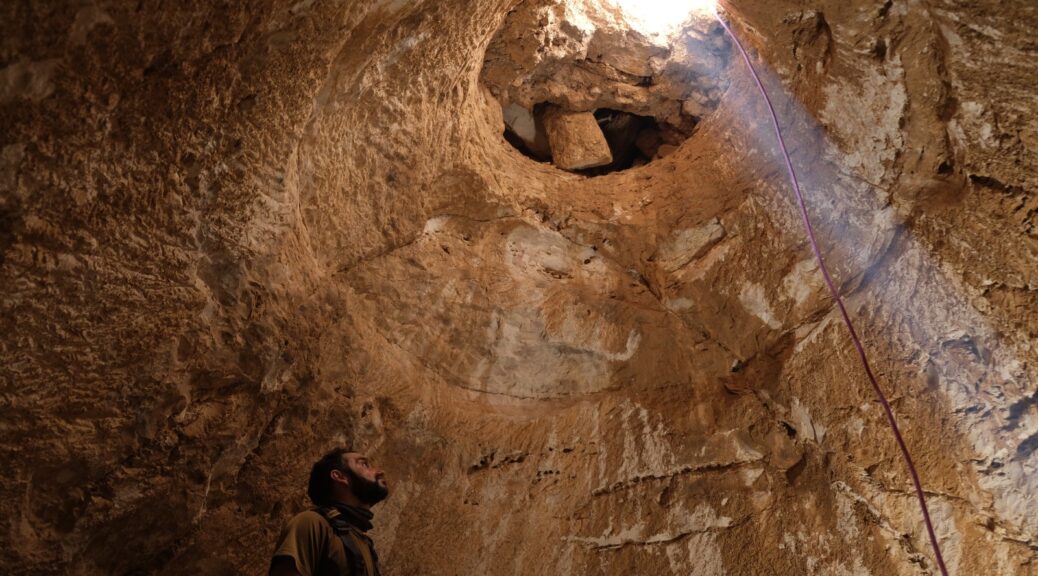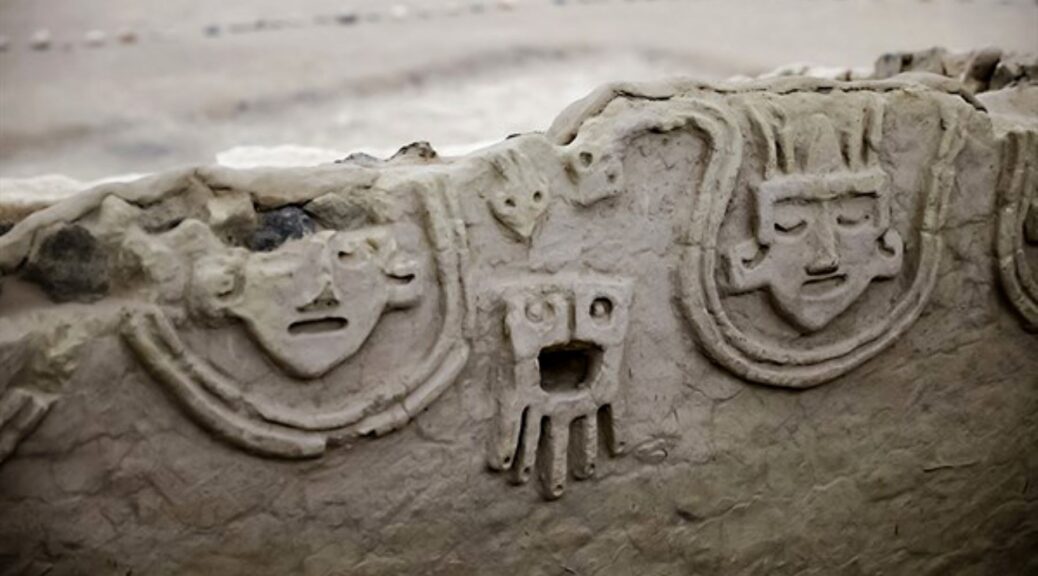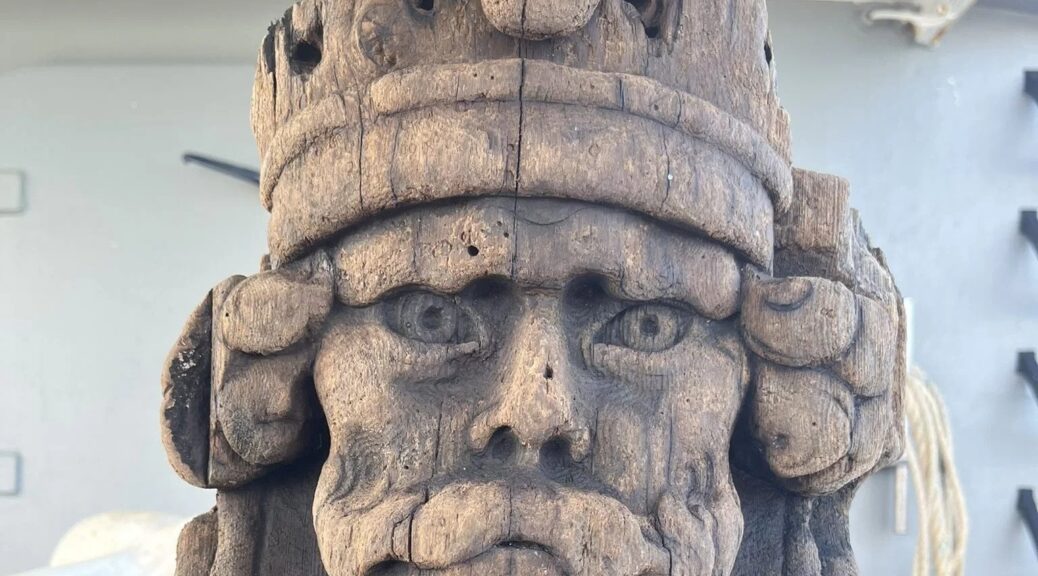Luxurious 1,200-year-old mansion found in southern Israel
Between two mosques in Rahat, archaeologists uncover an opulent home with a finished basement that likely belonged to a wealthy landowner in the early Islamic Period
Luxury can be found in unexpected places. Archaeologists announced Tuesday the discovery of a 1,200-year-old estate in Israel’s southern Negev desert, boasting unique underground structures that allowed its owners to overcome the searing summer heat.
In a statement on the discovery, the Israel Antiquities Authority said the sprawling property may have been the residence of a wealthy landowner overseeing farmsteads in the area.
It was discovered during excavations conducted ahead of the expansion of the Bedouin city of Rahat, just north of Beersheba.
Archaeologists said the mansion, dated to the early Islamic Period in the 8th or 9th century CE, had four wings and was erected around the main courtyard. Finely coloured frescoes adorned the walls and floor in one of the wings, they said, while other rooms featured very large ovens, likely used for cooking.
The most surprising discovery, however, was made under the courtyard – a three-meter-deep cistern dug into the rock that provided the residents with cool water throughout the year, and adjoining vaulted structures.


The archaeologists directing the IAA excavation, Oren Shmueli, Elena Kogan-Zehavi and Noé D. Michael, said that the subterranean vaulted structures were used to store foodstuffs, and enabled the residents to move around freely underground without having to emerge into the punishing sun.
“The luxurious estate and the unique impressive underground vaults are evidence of the owners’ means,” the archaeologists said in the statement.

“Their high status and wealth allowed them to build a luxurious mansion that served as a residence and for entertaining; we can study the construction methods and architectural styles, as well as learn about daily life in the Negev at the beginning of Islamic rule,” they said.
Eli Eskosido, the director of the IAA, touted the archaeologists’ cooperation with the local community in Rahat, among whom he said the discovery was generating “interest and excitement.”
The estate, he added, “was uncovered in an area located between two ancient mosques, perhaps among the earliest ever discovered.
The Israel Antiquities Authority and the Authority for the Development and Settlement of the Bedouin are planning together to conserve and exhibit the finds to the general public.”
The IAA said that on Thursday the site would be open to the public for free public tours, including family digging and sieving activities.




















